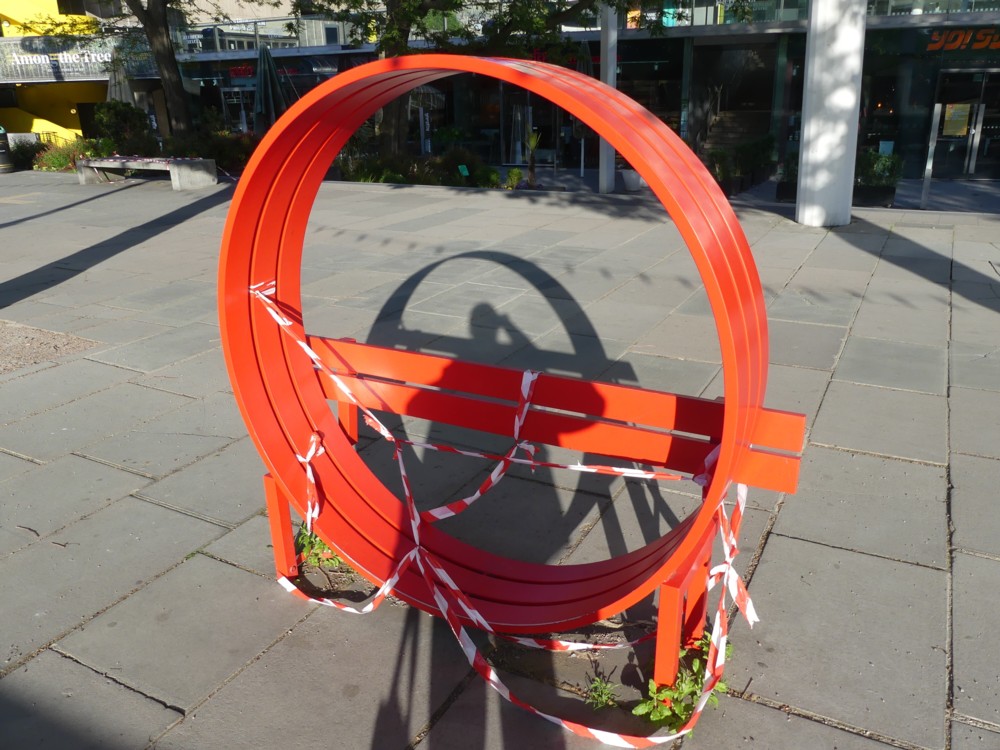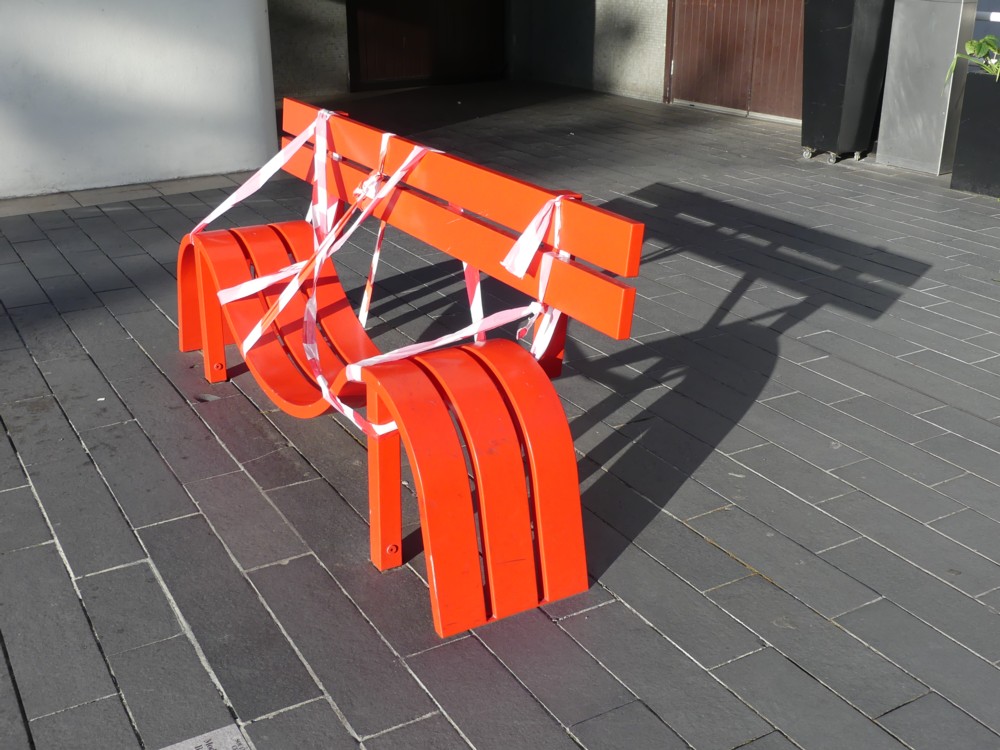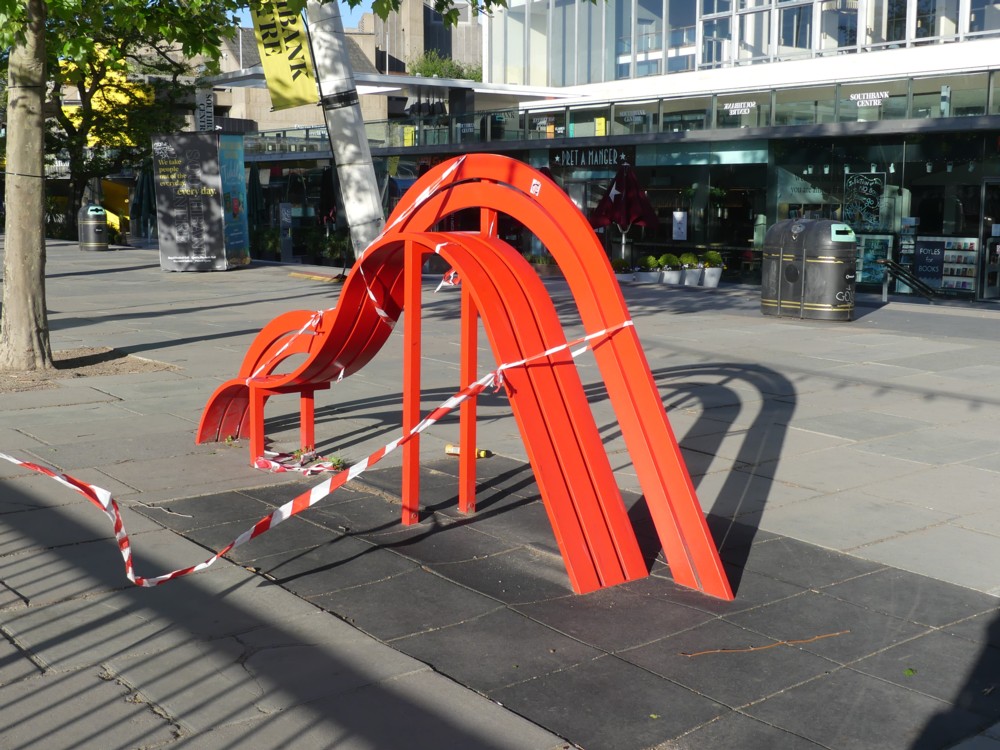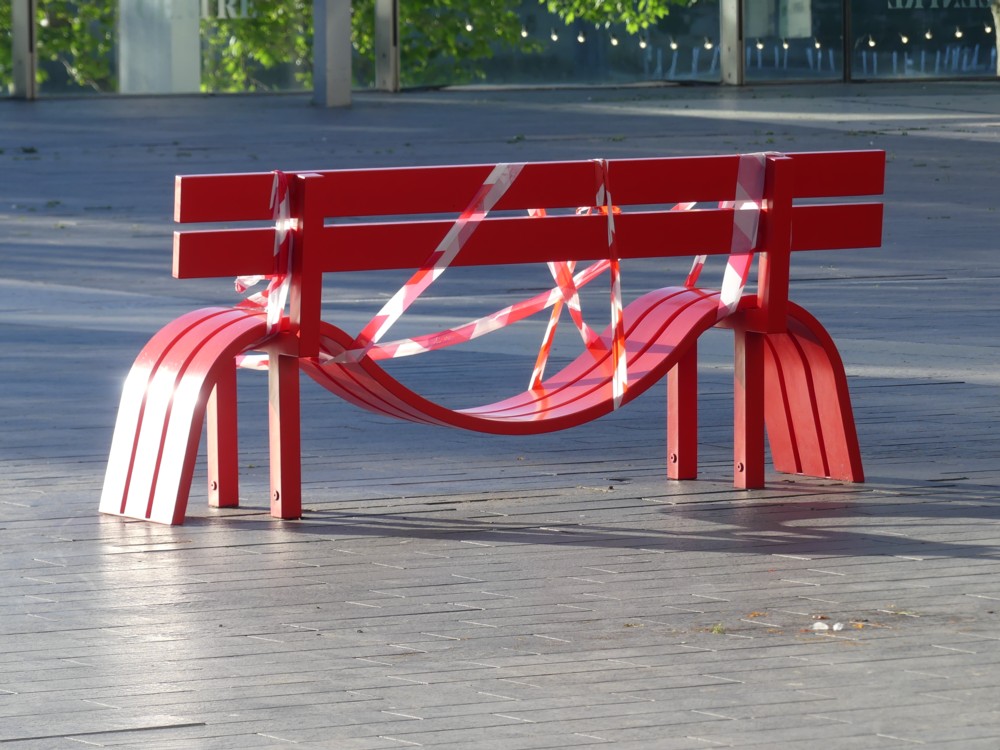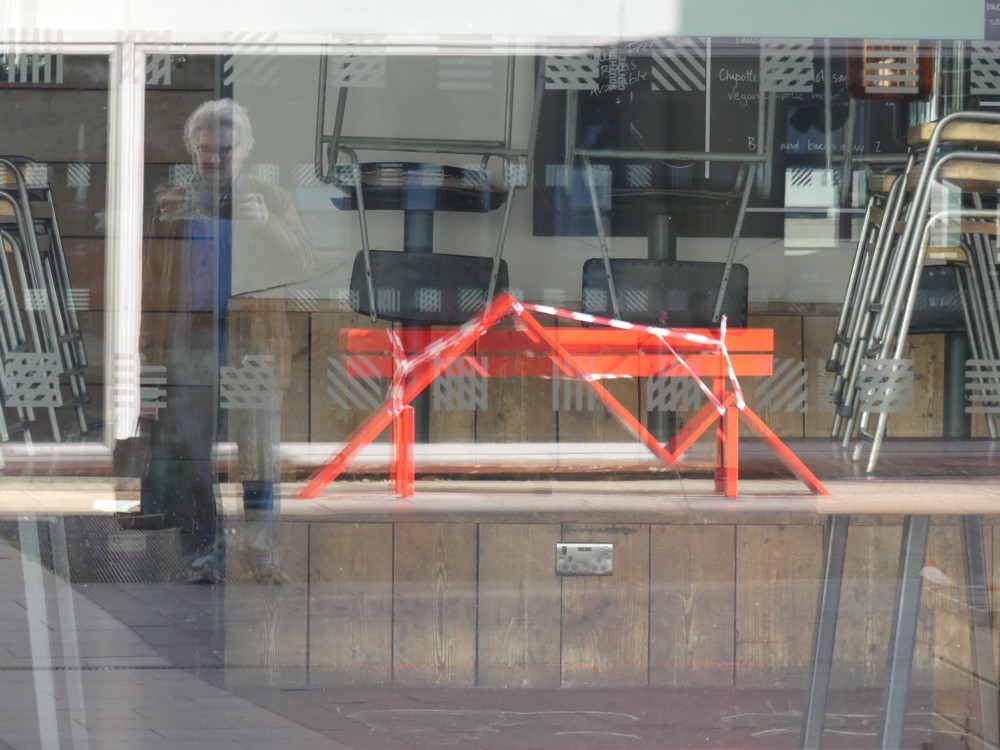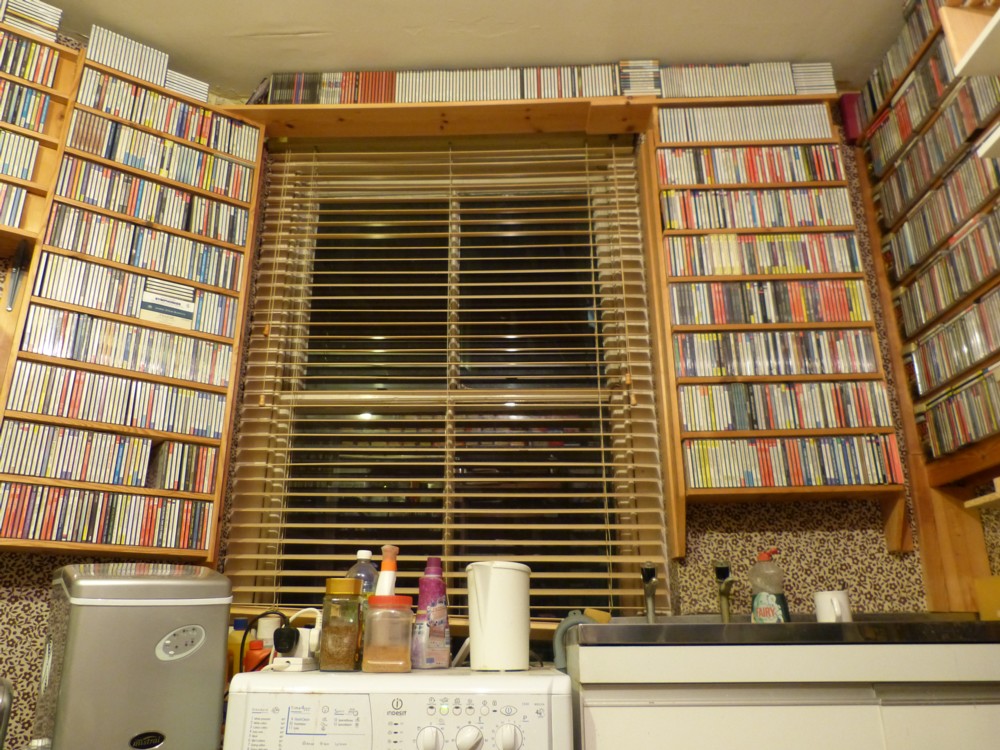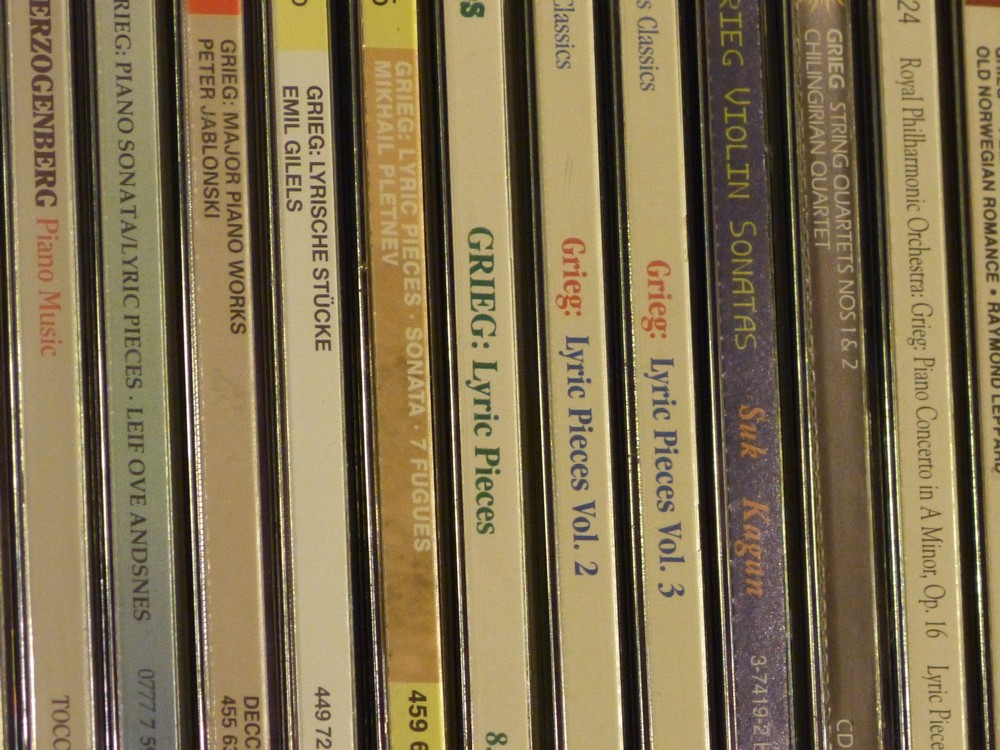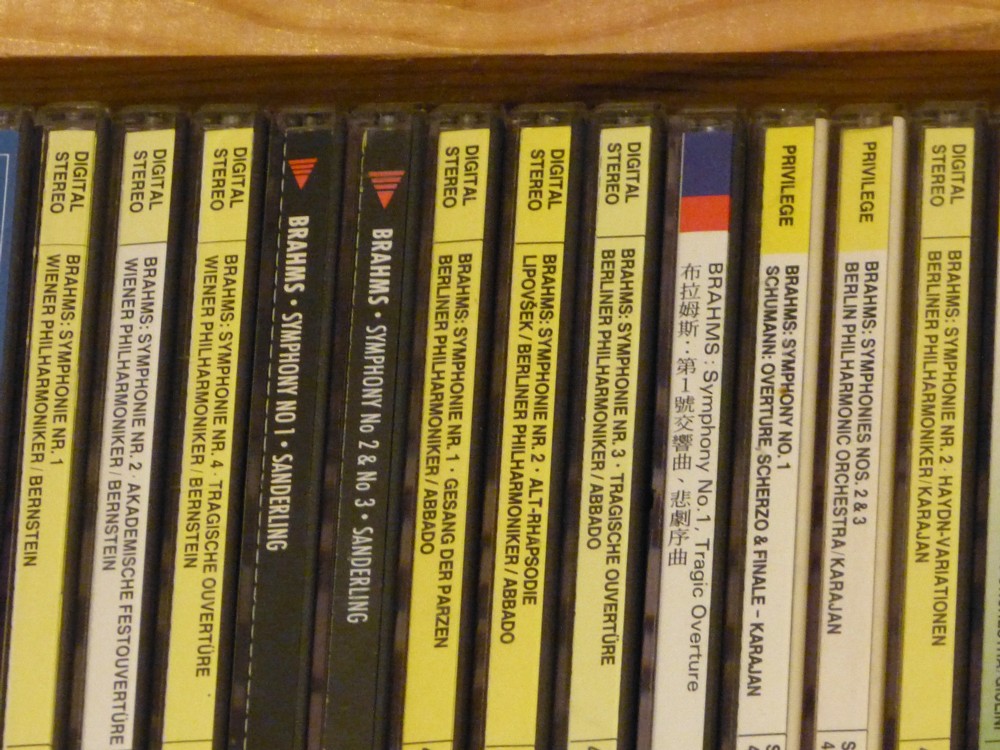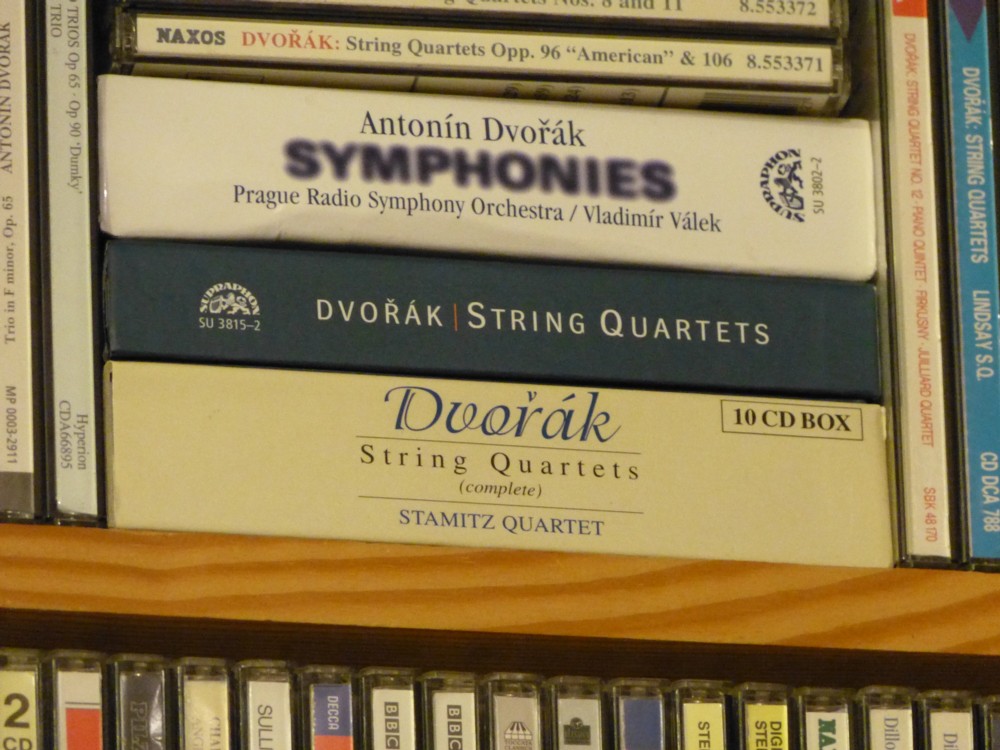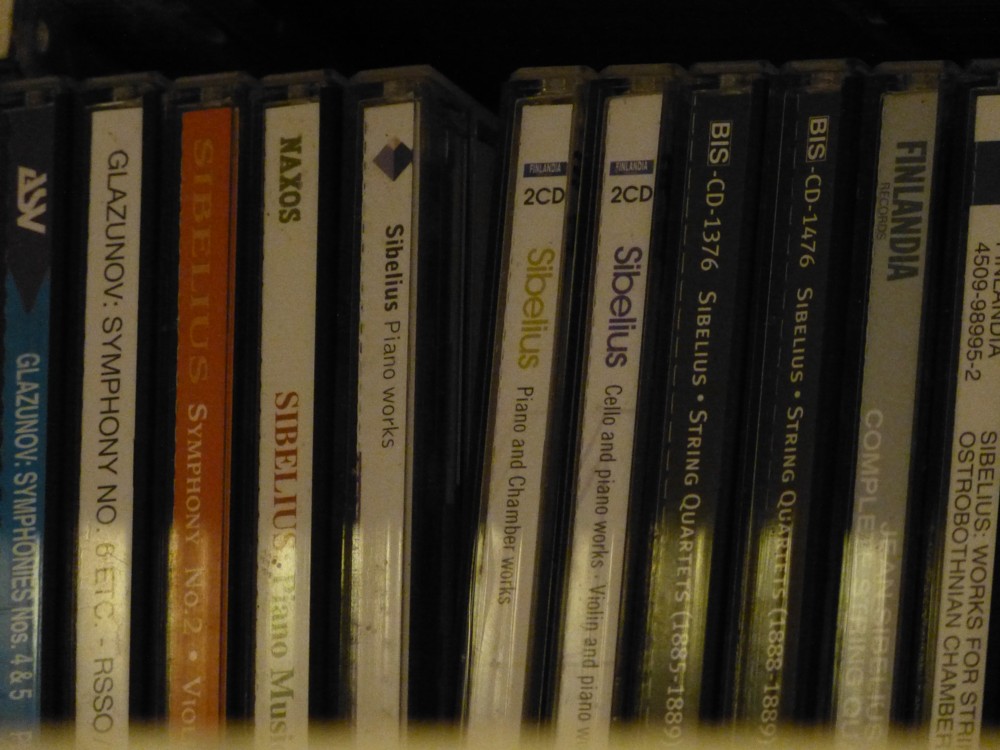Last Saturday morning they chose the best recorded version of Leonard Bernstein’s Chichester Psalms. In the course of this, the guest chooser, Edward Seckerson, read out this excerpt from a poem that Bernstein sent to the New York Times:
For hours on end, I brooded and mused
On materiae musicae, used and abused;
On aspects of unconventionality,
Over the death in our time of tonality, …
Pieces for nattering, clucking sopranos
With squadrons of vibraphones, fleets of pianos
Played with forearms, the fists and the palms
— And then I came up with the Chichester Psalms.
These psalms are a simple and modest affair,
Tonal and tuneful and somewhat square,
Certain to sicken a stout John Cager
With its tonics and triads in E-flat major,
But there it stands — the result of my pondering,
Two long months of avant-garde wandering —
My youngest child, old-fashioned and sweet.
And he stands on his own two tonal feet.
Backstory to this here.
When Bernstein wrote the Chichester Psalms, and this poetic description of how he created the Chichester Psalms, the self-styled musical “avant garde”, inspired by the theoretical musings and compositions of Arnold Schoenberg and his comrades in the “Second Viennese School”, was fast approaching its decline and replacement by more appealing sorts of music. As the change in the dominant atmosphere at the BBC, Radio 3 in particular, illustrates.
There are many reasons for this transformation. Classical music, although still very popular, no longer has the effortless cultural clout that it had then. Then, classical music was an eternal fact, and the only questions were things like: Where is classical music (which was typically then referred to as “music”) going? Where should it go? Now, classical music jobs are as appealing as ever and students are being cranked out by the colleges as never before. But now that the core repertoire is all recorded, pretty much, performers now make their livings by performing to live audiences, and post-Schoenbergery may be enough to sell some records around the world, but it won’t fill a particular hall in a particular place, unless they make it part of the price of the ticket by surrounding it with popular favourites. Which only turns indifference into active hatred.
If you like Schoenberg and his post-WW2 imitators and followers, then I’m very happy for you. But if you do, you are in a minority within a minority. Since the time when Bernstein wrote as he did above, tunefulness and melodiousness and rhythm has come back into the classical world with a bang. (Well, often more like a tinkle.) Christians have refused to stop writing their stuff, and though fewer now believe in such Christian messages, they (we) still love the sounds that they can inspire.
On Radio 3, you are now far more likely to hear old jazz classics, or famous French chansons or South American tangos, than you are to be subjected to 12-tone dissonance. Successful music contains at least some melody, some harmony, some rhythm, and some novelty. When they first arrived, the atonalists at least sounded different, but by the end of their brief moment, they weren’t even doing novelty, because it all sounded alike, and all equally off-putting.
Oddly enough, some of the “avant garde” music of those days has kept its appeal, to a few. But that’s typically because some of it deviated from the theoretical template, and actually smuggled in melody, harmony, rhythm, and novelty of the sort that wasn’t just novel in being so very horrible to listen to. One of the most obnoxiously bullying prophets of all this stuff, Pierre Boulez, often wrote music which broke his own rules, by sounding more like post-Debussy and post-Ravel rather than post-Schoenberg. Boulez used to announce that recent composers he disapproved of were not “important”, as if lots of people just liking these guys was an irrelevance. Well, Sibelius and Shostakovich, and now Adams and Glass and Ligeti, are embedded into the classical canon, put there by the audiences and the orchestral musicians, who loved them from the get-go, and institutions like BBC Radio 3 had to either go along with that or fold their tents.
LATER: And as I forgot to mention, the late Lenny’s own first recording of his Chichester Psalms was the one that Edward Seckerson said is still his favourite. 30 mins 20 secs in for that part of the programme.





